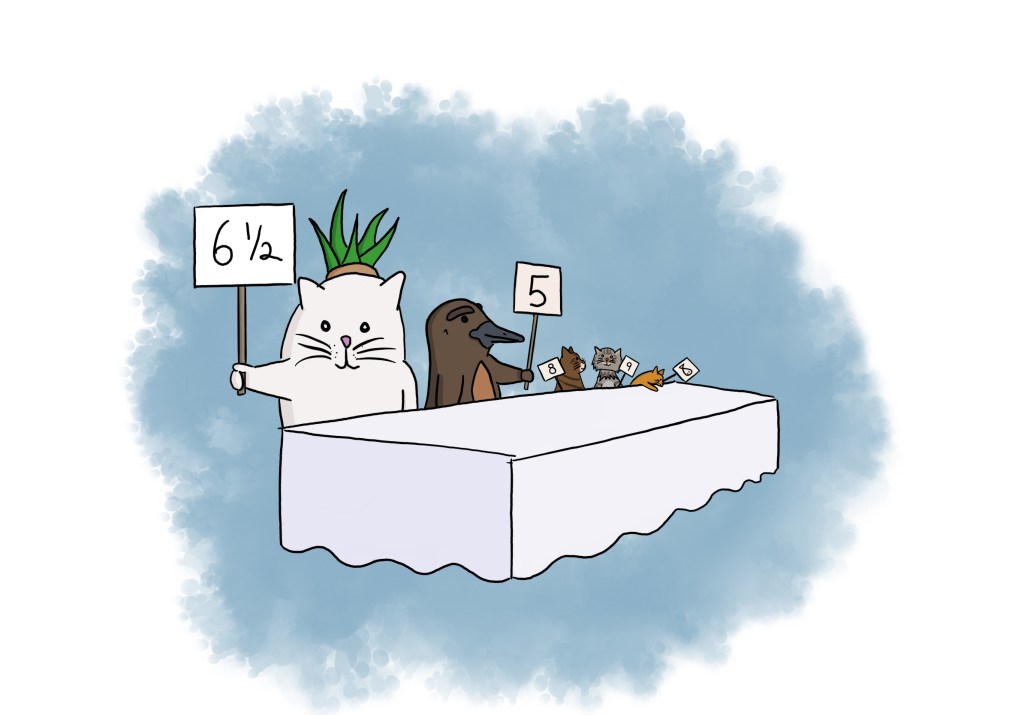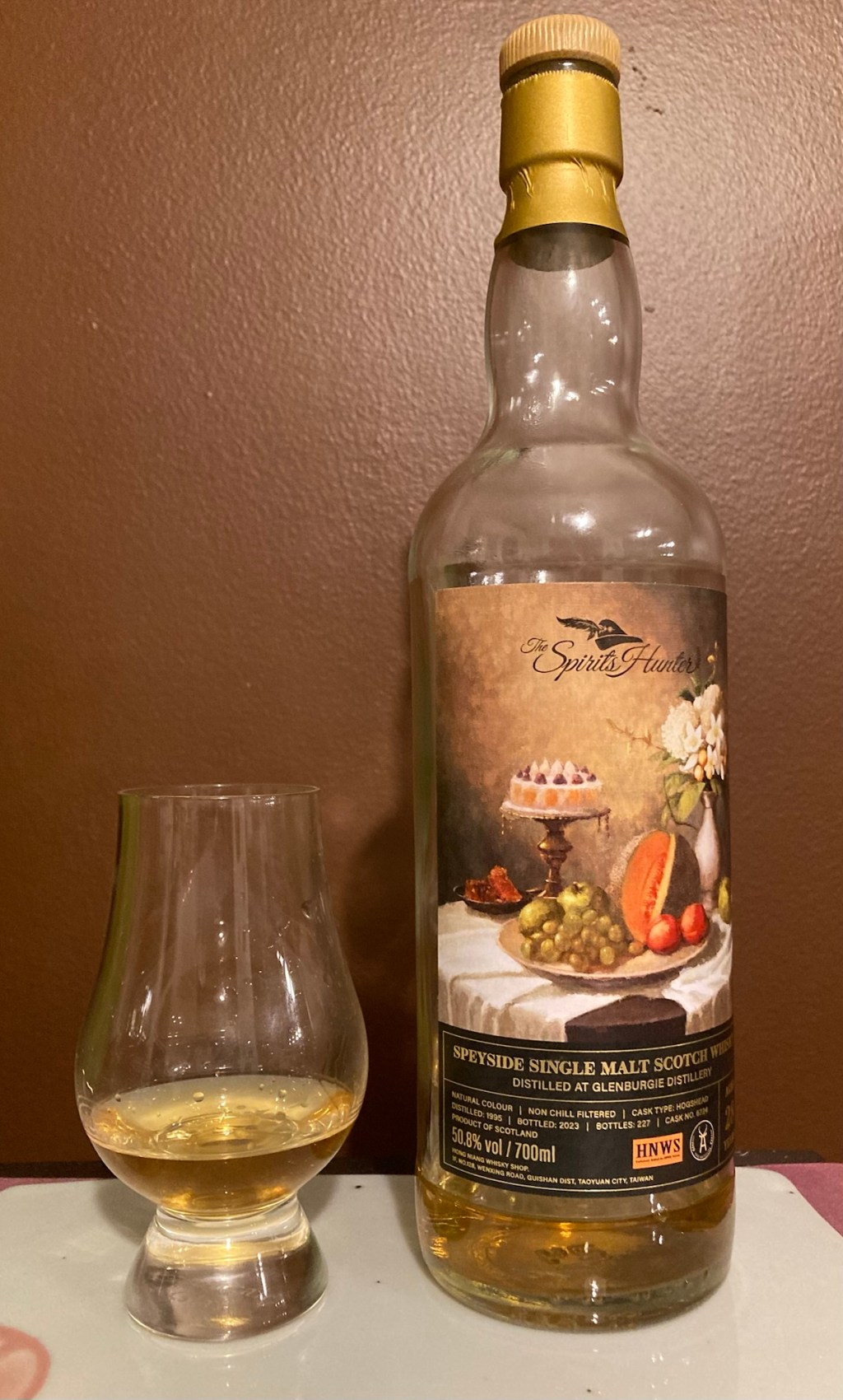Last Updated: July 2025
Taste is individual, and as such, the scores and tasting notes here reflect only my preferences and experience. They may or may not always line up neatly with your scores, reflections, or notes, or those of anyone else on the internet. My notes heavily reflect my personal experiences, especially food, plants, and places. Sometimes the notes might be unusual or something you have never heard of (I constantly learn new words and foods from other reviewers, especially those in Europe), but hopefully there are enough general descriptions for you to get the gist and let imagination fill in the rest.
I created this website to track my whisky reviews and tastings and give myself a place to access them easily. If you found yourself here, then I hope the reviews can help if you are ever stuck staring at bottles in the store or bar and need a friend’s opinion.

The Points Scale
The points scale reflects my enthusiasm for a particular whisky more-so than my enjoyment or my reckoning of its value. Sometimes those are all the same and in perfect alignment. When I find there is daylight between enjoyment, enthusiasm, and value, I typically include commentary as to where that difference is coming from. For example, I enjoyed the Dewar’s 12-Year and think it represents a fair value, but I am not rushing out to buy up bottles or try it again, so my enthusiasm and reckoning come in somewhere around a 4 on the scale below.
I often break the 10-point scale down into four meaningful buckets: 9-10 are exceptional whiskies, 7-8 are very good, if not excellent, 4-6 are good with minor issues, and anything below that is generally something I would avoid.
- 10 : Perfection, nothing better.
- 9 : Exceptional, a memorable dram.
- 8 : Excellent, well above most whiskies.
- 7 : Great, I would seek this out.
- 6 : Good, dependable with minor flaws.
- 5 : Okay, roughly average with a few issues.
- 4 : Alright, flawed but still acceptable
- 3 : Acceptable, I would accept a pour but never order
- 2 : Passable, deeply flawed, probably intended as a mixer
- 1 : Undrinkable.
- 0 : Unsecured, very old, new make, or something unusual.
You may also notice some reviews have an additional 1-100 score in ellipses. I began including those in mid-2023 at a friend’s request. It also made it easier to import and add reviews to Whiskybase. Note that in the case of the 1-100 scale, I mostly use the 70-100 range, which correlates to roughly the 4-10 segment of the above scale.
Most reviews on the website score a 6 (77) or better, as I naturally tend to curate what I pour or review and do not go out of my way to pour things I will not like or find dull. At this point, I typically have a good notion of whether a bottle will appeal to me. Sometimes, there are surprises, and I never object to a blind pour from a friend to get me out of my comfort zone.
Why do some reviews have letter grades?
As a professor, I was naturally inclined to follow the American grading schema and assign letter grades from A to F. However, I switched off of this system in the Winter of 2020 and shifted most of the grades to a new 1-10 rating system. I am inherently unhappy with all grading systems as they always feel too individual and distill down a whisky review into a score that fails to capture all the reasons why a whisky might have one score or another. While letter grades worked for me, I found that too often, people misunderstood the meaning of the grade and took serious issue with grades in the C range. In the context of education in the United States, too many people assumed that a C grade was garbage and indicated a poor or failed whisky. This was never my intention, so I switched to a numerical spread that I hope is more clear.
As I may not have adjusted every review, I have included the letter grade scale for clarification.
- A : one of my favorites of all time.
- B : something I would buy for my cabinet.
- C : something that’s good or interesting, but not good enough that I have to buy it; this is the middle ground for most scotch.
- D : acceptable and something I would drink if offered, but not something I would seek out or order otherwise.
- F : outright undrinkable, I’d rather just not drink
The plus/minus system offers a bit of range to indicate how close a whisky is to being at the next level. If that is not enough I assign two grades with a slash (ex; A-/B+) to indicate that the dram falls on the razors edge. Being generous, it’s typically a grade I would round up.




